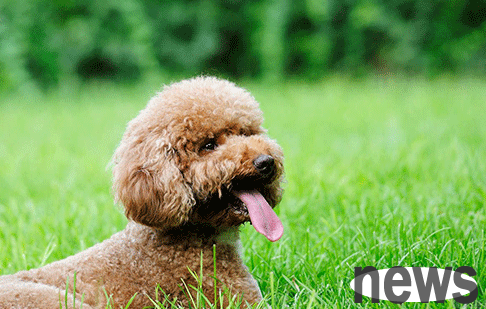When a person sneezes and runny nose, he will not go to the hospital immediately. Runny nose of a dog may not be a very serious disease. The owner can observe the dog's snot and judge the dog's condition. Below are some of the situations that cause dogs to runny nose. Pet owners can use it as a reference.

1. Foreign objects or odors stimulate
If a dog has foreign objects such as hair, hair and floss in his nose, it will stimulate his nose to sneeze and runny nose. In addition, when dogs smell irritating smells such as paint, perfume, and pepper, they will also cause sneezing and runny nose. These are normal physiological phenomena, so pet owners don’t have to worry too much.
2. Caught a cold
Dogs are prone to infection by viruses or temperature changes, and when the cold is severe, they will have yellow and purulent snot. In response to this situation, pet owners need to keep their dog warm and prepare warm dog kennels and clothes to avoid the dog's condition being aggravated by continuing to catch a cold during the cold.
Then feed the dog some quick fun as a nutritional supplement during the cold. If necessary, take Wangmao Amo to help alleviate sneezing and runny nose, which is beneficial to the dog's recovery. Monitor the dog's body temperature and find that the body temperature exceeds 39.5℃, you should send it to the hospital for a fever-reducing injection in time.

3. Rhinitis infection, dogs have symptoms of sneezing, sometimes with more and sometimes less snot, and mucus-shaped pus-like snot, which makes breathing relatively difficult. For rhinitis, pet owners need to take their dog to the hospital for examination, rinse the nasal cavity with medication, apply anti-inflammatory agents, and undergo surgical treatment in severe cases.
4. Canine distemperment or pneumonia
If a dog has a worsening cold, it will also cause pneumonia. One of the symptoms of pneumonia is yellow purulent snot. In the middle stage, canine distemper will not only have symptoms such as rising body temperature, sneezing, coughing, and runny nose, but also have purulent snot, increasing eye boredom, frequent drowsiness, and refusal to eat. In severe cases, the limbs will twitch and foam in the limbs. The later the symptoms are discovered, the more difficult it is to treat. Therefore, pet owners can buy some canine distemper test strips for testing and send them to the pet hospital for treatment in time.
